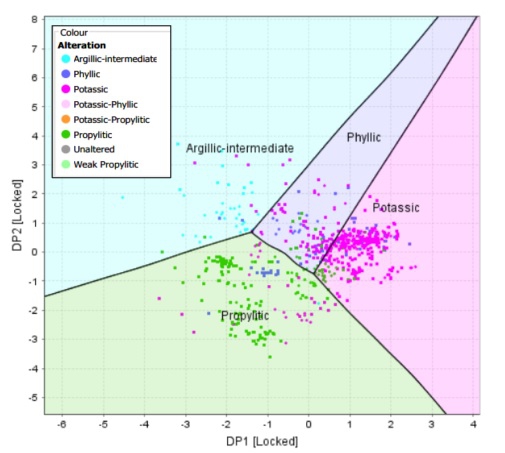
Fertility Indicators of Magmatic
and Hydrothermal Systems
8:30am – 1:00pm, Monday 27th of May 2019
Australian Resources Research Centre (ARRC)
26 Dick Perry Avenue, Kensington, WA 6151
Discovery of new deposits is costly and challenging, particularly when exploration is now moving under cover and being more predictive can be the immediate key to discovery. Chemical fingerprinting and fertility assessment of rocks and minerals related to potential exploration targets at different scales have gained a lot of momentum in the last decade. In this workshop leading geoscientists from industry, government and academia share the latest advances in fertility indicators of magmatic and hydrothermal systems, which have the potential to lead to Tier 1 discovery in the future..
Program
- 08:00 – 08:30 Registrations
- 08:30 – 08:40 Introduction
- 08:40 – 09:20 Steve Rowins (CET) An apatite for exploration: the use of detrital minerals and soil geochemistry in the search for buried mineralisation
- 09:20 – 10:00 Yongjun Lu (GSWA) Zircon fingerprinting of magmatic-hydrothermal systems in Archean Craton and Phanerozoic terranes
- 10:00 – 10:40 Matt Loader (Natural History Museum, UK) Zircon and apatite as indicators of porphyry Cu deposit fertility
- 10:40 – 11:10 Morning Tea
- 11:10 – 11:50 Louise Schoneveld (CSIRO) Indicator minerals for magmatic Ni-Cu sulphide mineralisation
- 11:50 – 12:30 Paul Agnew (Rio Tinto) Porphyry Fertility – An industry perspective
- 12:30 – 01:00 Panel Discussion